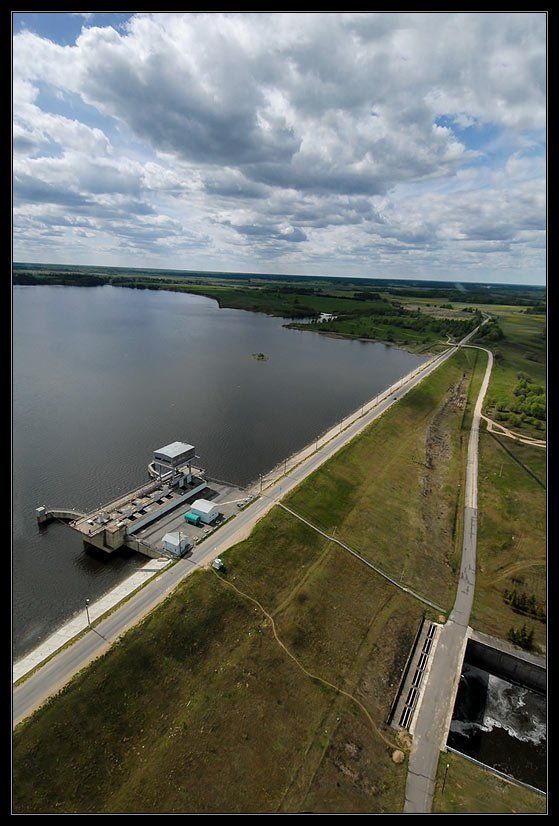|
|
Bird's-eye View Of Russia
|
The coastal part of Krasnodar Krai on the Black Sea, most notably in Sochi, possesses a humid subtropical climate with mild and wet winters. Winter is dry compared to summer in many regions of East Siberia and the Far East, while other parts of the country experience more even precipitation across seasons. Winter precipitation in most parts of the country usually falls as snow. The region along the Lower Volga and Caspian Sea coast, as well as some areas of southernmost Siberia, possesses a semi-arid climate.
Throughout much of the territory there are only two distinct seasons—winter and summer; spring and autumn are usually brief periods of change between extremely low temperatures and extremely high. The coldest month is January (February on the coastline), the warmest usually is July. Great ranges of temperature are typical. In winter, temperatures get colder both from south to north and from west to east. Summers can be quite hot, even in Siberia. The continental interiors are the driest areas.
• Biodiversity
From north to south the East European Plain, also known as Russian Plain, is clad sequentially in Arctic tundra, coniferous forest (taiga), mixed and broad-leaf forests, grassland (steppe), and semi-desert (fringing the Caspian Sea), as the changes in vegetation reflect the changes in climate. Siberia supports a similar sequence but is largely taiga. Russia has the world's largest forest reserves, known as "the lungs of Europe", second only to the Amazon Rainforest in the amount of carbon dioxide it absorbs.
|
|









